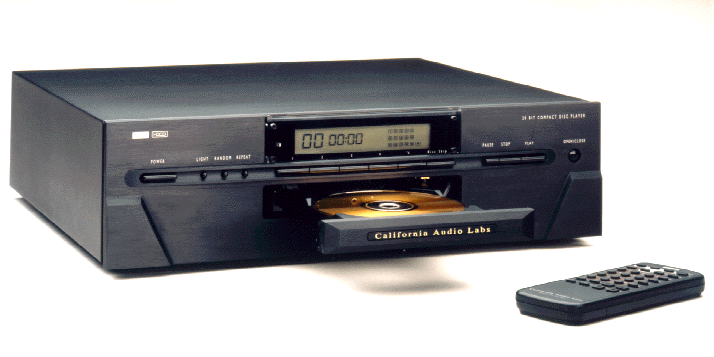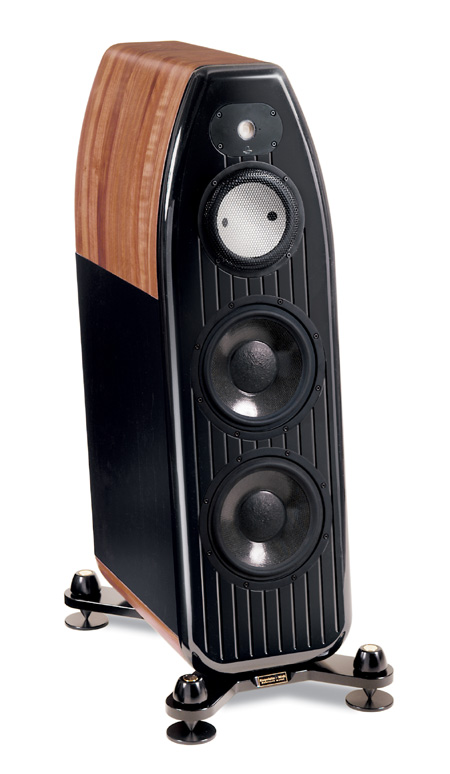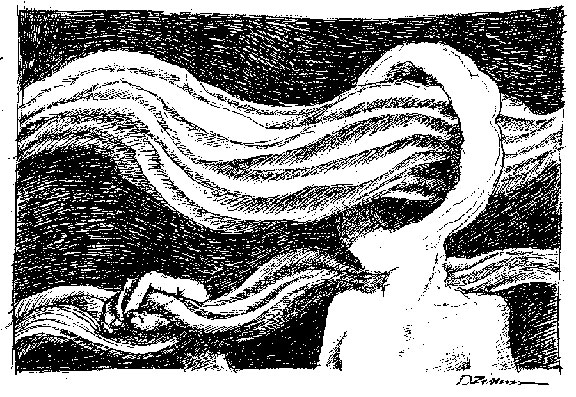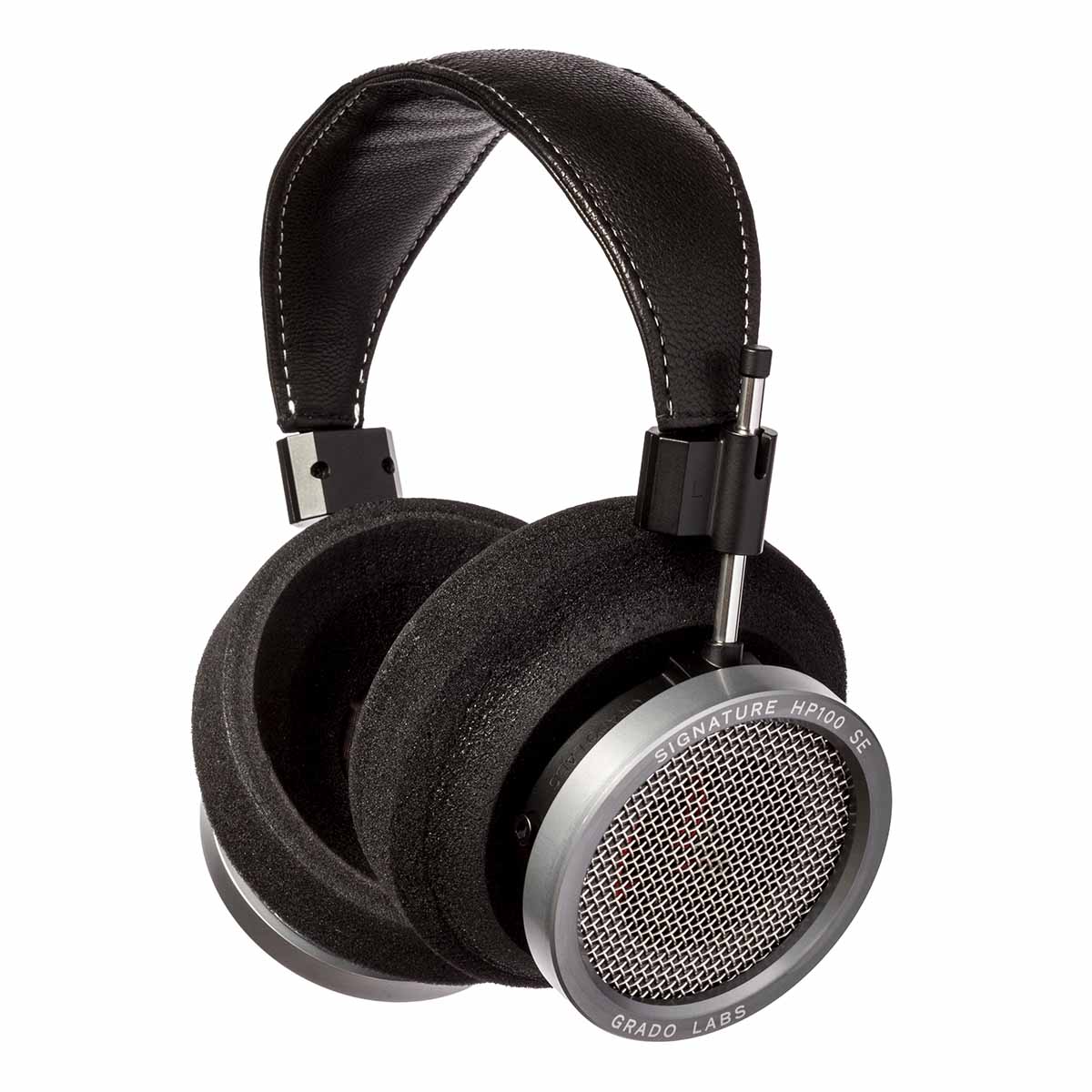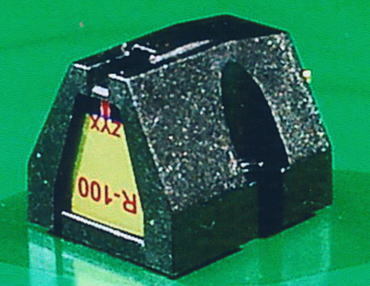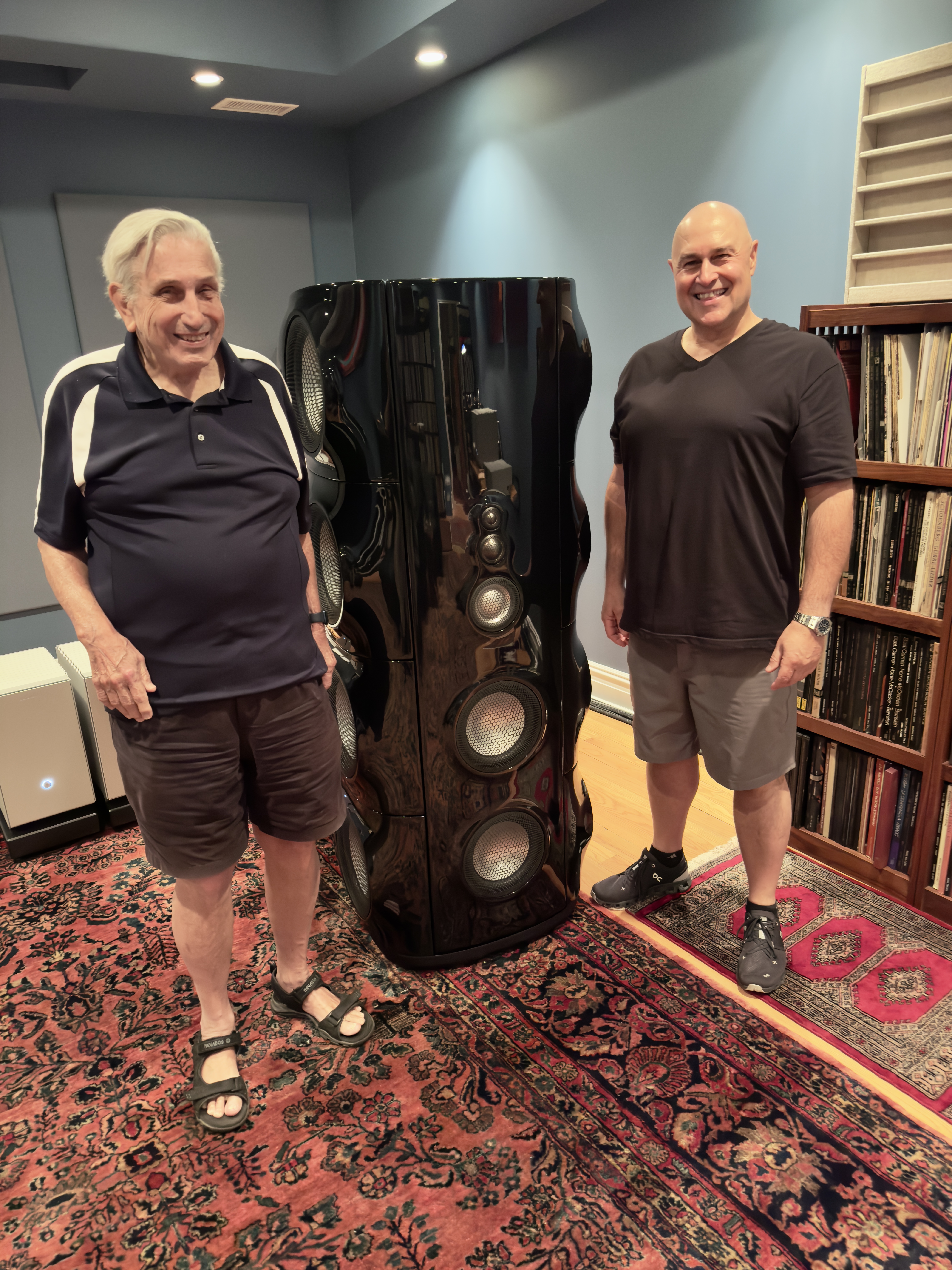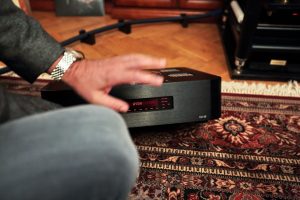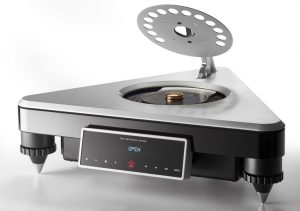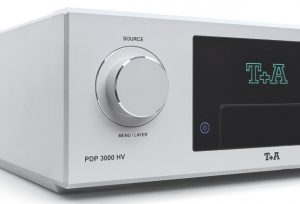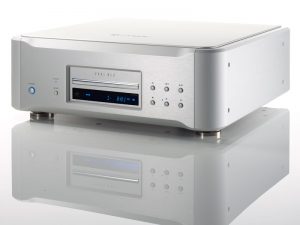This article, as reviewed by Sherman Hong, Victor Chavira, Francisco Duran, and Larry Cox, originally ran when audioMusings was in print. Issue 2, 1998
I awaited the California Audio Labs CL-15 player-processor with great anticipation. Eons ago, I was so enthralled with the CAL Genesis CD player that I almost bought it, but my lust was more powerful than my check book. Therefore, I looked forward to putting the newest CAL through its paces. The CL-15 uses dual 20 bit co-linear PCM 1702 chips, with 8x oversampling and the ubiquitous Pacific Microsonic HDCD filter chip. For $1695 one gets variable volume control and HDCD digital input, encased in a 17 x 5 x 15.25-inch chassis weighing almost 19 pounds! The CL-15's appearance is simple and industrial. Cosmetically, my reference Accuphase DP-75 is like a Rolls Royce compared to the CL-15's Yugo. However, the Accuphase is not HDCD capable. I anticipated an interesting comparison between a mid-priced and a state-of-the-art CD player.
Two words come to mind in summarizing CAL CL-15: politely competent! The presentation was full of detail, smooth, melodious, and non-fatiguing. The player upholds the fine tradition of its predecessors. Yet the CL-15 is by no means an end-all-be-all in digital playback. Incipient to this analysis was Marvin the Album by Frente. During the "Bizarre Love Triangle" track, the soundstage became flatter than the Accuphase's. The images of Frente and her guitar were precise, though slightly diminutive. Space around her voice was not palpable, as it is with my reference player. Frente's voice became somewhat nasal, congested, and veiled. Her light, soft voice was heavy and thick. Her gasping was less discernible. Lyrics curdled instead of being crystal clear. Guitar strings coagulated instead of being distinct. Strings were boxy, dull, dense, and restricted. Air and metallic luster were absent in the high frequencies. The lessening in resolution caused a decline in ambiance within this recording. As a result, Frente's natural liveliness was all but extinguished.
With Joshua Redman's Freedom in the Grove, on the other hand, the CL-15 really started to boogie. Bass was authoritatively full and rhythmically satisfying on the track "Hide and Seek". The lower frequencies, while not subterranean, nevertheless struck with impeccable pace. Spatial delineation and the contrast between bass and drum were less exact, yet liberated. Cymbals lacked a certain splash. The piano solo was more up front and abstruse, with the piano moved approximately 2 feet forward from its usual setting. Redman's saxophone reverberated less, with a slight loss in bloom. Notes tapered quickly, and possessed a nasal quality. Instruments imaged precisely within the soundstage, which was not at all compressed. Nevertheless, it was more difficult to hear the air around each performer, and the overall presentation was slightly flat. Overall, I found the CL-15 more "hi-fi" sounding than my Accuphase player.
I thought it would be interesting to use the HDCD recording of "Antiphone Blues with Arne Dominerus" for the last comparison, as the Accuphase is HDCD chip-less. While the performance gap between the two players was dramatically narrowed in reproducing this recording, the DP-75 is still premier analog when compared to the CL-15's proficient digital. The CAL was much more laid back in presentation, although with excellent resolution, focus, and separation, and a quiet background. Slight nuances of the saxophone were easily detected. On the other hand, hall ambiance and instrument separation were better captured by the Accuphase, with a more relaxed sensation and superior dimensionality. The Accuphase still exceeds the CAL player. As Dick Olsher stated, "organic whole-ness" is the essence of the Accuphase. While listening with HDCD recordings does bridge the gap between the two players, HDCD is not and will never be a viable format for the high-end community.
It may seem that I wasn't too enthusiastic about the CL-15. Nothing can be further from the truth. One can acquire quite a bit of performance with the CL-15 for just $1695. The player provided exquisite hours of unruffled, soothing music. With variable output as a standard option, one can also save money by avoiding the use of a preamp and extra interconnects. I only wish to have a CD changer worthy of the CL-15. I guess I'll have to wait. Sherman Hong
One thing I have always liked about California Audio Labs is their ads. Hot looking classic cars, palm trees, and jazz musicians walking down the street look better to me than a picture of a circuit board and a bunch of specs. The idea of fun comes across for Cal Audio's products. The CL-15 lives up to the ads. When listening to it, I went through disc after disc without thought of critical listening and note taking. Well, almost. Musical, did I mention musical? Musical fun in an audiophile product, what a concept.
The CL-15 followed on the heels of the Accuphase DP55 CD player in my system. The Cal shares many features of the Accuphase, such as a digital volume control and the ability to use the D-to-A separately. The one feature of the CL-15 that sets it apart from the herd is the ability of the unit to interface with a PC in order to optimize functions and performance. You can choose oversampling rates, alter the dither, and adjust channel balance and output level at a touch of your keyboard. You can also change remote options. The very thought of this kind of control opens up the door for hours and hours of play time, and not just for sitting at your sweet spot and spinning boring old CDs. Just kidding.
The greatest strength of the CL-15 is its robust sound. The bass was full, a little warm, but had good detail. I particularly enjoyed listening to Black Uhuru's Mystical Truth CD through this unit. It was bass-o-plenty. On the Larry and Lee disc, Melvin Davis' bass was especially powerful. Although slightly warm and full, the CL-15's bass has good dynamic punch and articulation. The bass never overpowered the rest of the system. The overall tonal balance is pretty even.
On Church Windows with Lopez-Cobos and the Cincinnati Symphony Orchestra on Telarc, the CL-15 threw a wide and deep soundstage. I've never been to the Music Hall in Cincinnati, but this player did a good job of transporting me there. On Anonymous 4's On Youlis Night CD, images were distinct and in place. The CL-15 was not quite as focused in soundstage and imaging as the Accuphase DP55, but nevertheless was very good. It sure was more than competitive with my EAD DAC in soundstaging, which is an EAD strength.
I did listen to a couple of the same discs I had used when listening to the Accuphase DP55, and since I had both components in my system for a few days, took the time to listen to them together. I used the Los Lobos' La Pistola y El Corazon and my old standard, Brasilerio by my man Sergio Mendes, for the competition. What I found with these two ships that passed in the night was that the Cal Audio player was somewhat wanting in transparency compared to the twice-as-expensive Accuphase. Surprise, surprise. The CL-15 didn't possess the uncanny soundstage or the ultra-liquid presentation of the DP55, but when it came to dynamic involvement and pace, the Cal player was the hands down winner. It had way more cajones! This baby rocks. As far as transparency and soundstaging are concerned, remember the option of changing dither and oversampling rates might very well bring the level of performance up a notch or two in this department.
What I'm left with is a CD player that to me is a set-it-and-forget-it player, a don't-get-nervous-about-the-sound-and-enjoy-your-discs player, a player you can have fun with while knowing full well that you have a full-fledged audiophile unit, one with amazing features and great sound. To tell you the truth, what I'd really like to do is take the best qualities of the three different CD players I've had in my system in the past year, build one great unit, and have perfect sound forever. I'd take the speed and dynamics of the Proceed CDP I had in my system about a year ago, add the liquidity and transparency of the Accuphase DP55, put in a dash of the robustness and pure involving fun of the CL-15, shake real well and shazam… the CalAccuCeed Model 1! Francisco Duran
Any time a new product arrives at audioMUSINGS that I can afford, I look forward to listening to it with great enthusiasm. Mention a CD player with variable output and I'm particularly drawn. Ever since the first Wadia advertisements appeared showing a CD player directly driving an amplifier, I have searched far and wide for one in my price range. In the ensuing years, though, I have learned that a CD player that can do everything well is in reality a compromise. The design of digital processors and analog output stages are two distinct and highly specialized crafts. Consider all the engineering that goes into these two critical areas and you begin to appreciate the challenges and compromises that go into making a first-rate CD player.
California Audio Labs is a highly regarded company, with a long history of quality digital audio products. The CL-15 is Cal Audio's answer to the challenges of building a first class yet affordable CD player. In addition to being a CD player, the CL-15 is also a digital processor. While most other CD players (like mine) have a digital output for possible connection to a separate DAC; the CL-15 has a digital input! Cal Audio is obviously confident about the CL-15's design and the quality of its sound. Technical features include digital volume controls on remote and front panel, Burr-Brown PCM 1720 20-bit collinear D/A conversion, HDCD PMD 100 decoding filter, Power Boss power supply regulation, and fully dual-mono architecture from separate transformers to output. Build quality is excellent. At eighteen and a quarter pounds, the CL-15 is of similar mass to my Audio Electronics CD1, yet it feels much more solidly constructed.
The CL-15 was connected to the wall socket with its detachable power cord and placed where my CD player usually resides. At first the sound was stiff and austere. This prompted me to leave the unit playing a variety of dynamic discs for 48 hours. Afterwards, the player began to sound more natural and relaxed. I believe the CL-15 is a machine that benefits from being left on all the time and turned off only when not in use for extended periods of time. One of the first qualities that struck me about the CL-15 was how much louder it played than my reference. Like throwing a saddle atop a fresh pony, the CL-15 just galloped away, with an abundance of gain and drive. Macro and micro dynamics were well served. The digital volume control is successfully employed in the CL-15, and is remarkably more transparent than my reference player. Fine tuning of volume from the remote takes some time to master. Press the up button and the volume increases gradually. Press the down button and it drops rapidly. The front display on the CD player has no visual scale, as with my reference. Perhaps a numeric or graphic readout could be included on subsequent versions of the CL-15.
The second quality that pleased me about the Cal was its ability to render fine details in music. One disc I've been enjoying very much recently is Danzonemos by Orquesta La Moderna Tradicin. La Moderna is a fine ensemble of musicians based in Northern California. Surprisingly only one of the members is a native of Cuba, yet the group is dedicated to keeping this magnificent music alive. Prominent on this recording is a percussion instrument called the shereke, a large hollow gourd wrapped by a net of hundreds of small beads, kind of an overgrown maraca turned inside out. It is a difficult instrument to capture. Each little bead projects a tiny transient as it taps against the outside of the gourd. With my reference CD player, the shereke sounds more like shaking a martini on ice rather than a gourd and beads. However, with the CL-15 spinning the same disc, the shereke took on body and coherence. It could easily be distinguished from the raspy sounds of the guiro. The ability to reproduce the brassy decay after the initial strike on a timbral was another example of the Cal's excellent resolution.
Introducing... Ruben Gonzalez is another recording I've been enjoying of late. Ruben Gonzalez is a legendary Cuban pianist now in his late seventies. This music was recorded during the now famous Buena Vista Social Club sessions with Ry Cooder. The music on this disc is played with such exuberance and vitality that it never fails to send me reaching for my conga to jam along. Track six, "Siboney," is a slow tempo song for piano composed by Ernesto Lecuona. Here bongos quietly accompany the piano. As played by my reference, the bongos are just there. As played by the CL-15, the bongos are clearly placed in the background, some distance behind the piano.
Finally, I listened to Journey to the Amazon by classical guitarist Sharon Isbin. Thiago de Mello joins Sharon on percussion and Paul Winter on soprano saxophone on these lively renditions of music evocative of the great South American jungle. Playing this disc on the CL-15 was like stepping into the performance rather than just listening. The image and harmonics of the guitar were delicately displayed. My reference machine can't always distinguish the sound of a hand drum from the palm that strikes it. The CL-15 accurately recreates these two elements of the same musical moment.
Since I do not utilize a separate DAC, I cannot comment on the CL-15's performance as a processor. However, as a one-box unit, the Cal Audio CL-15 is a CD player that presents the language of music like well-written prose. It communicates emotions and ideas with precision and clarity. What would I miss about my reference if the CL-15 were in my system? Not much. I would miss the way the two 12AU7's impart breathiness to woodwind instruments. I would miss the way orchestras glow and swell during crescendos.
If I had $1700 in my pocket right now, which would I purchase, the CL-15 or the Alternate Audio BCAP reviewed elsewhere in this issue? That is a tough call, but I would have to say the BCAP because it was such a synergistic match with the rest of my system. Nevertheless, if I didn't have my CD1, the California Audio CL-15 CD player and processor would definitely be at the top of my list of potential CD players. The CL-15 may very well be the closest thing to an affordable CD player that can do it all. Victor Chavira
When I first purchased a CD player, I did so with great reluctance, after I had "borrowed" my parents' Sony multi-disc player for three or four years. I hadn't bought my own because at the time there wasn't anything I was able to afford that sounded substantially better. In part, this reflected my perception that digital was a world away from my analog setup, however modest. I broke down and bought a CD player shortly after I heard a California Audio Labs Icon Mk II. Although it lacked the precision or presence of the big-buck stuff, it had more analog warmth than anything else I could afford. I've had the Icon now for about six years, and while it remains stock (without the "Boss" upgrade), I still enjoy it. In fact, I'm certain I'd still be happy with the Icon—and the rest of my system, frankly–if I hadn't joined the Greater South Bay Audiophile Society and started hearing other stuff. The Icon images reasonably well, has acceptable bass, and the top end isn't hard or overly bright. What I now hear, as my system has improved, is that it isn't highly refined.
This brings us to the CL15, the current top of the line, single-disc-only playback device from California Audio Labs. The CL15 has an interesting and unusual feature—via computer, you can alter its dither, oversampling, and operating voltage. Kind of nifty, but how it works is going to have to be the subject of a follow-up to this article. My comments here will to be on the standard CL15. To be brief, the CL15 seemed "superior" in nearly every way to my Icon MkII, save in warmth. Superior, however, is a term which requires further comment.
Doug and Kathy, my non-audiophile friends, are currently in the audio market. I've introduced them to the high end world, and after all my ramblings I've tempted them enough to want a good system. I have brought many components to their home, but the consistent element in all of their listening has been my Icon. Well, I brought them over to my place, and without knowing which player they were listening to, they instantly embraced the sound of the Icon over the CL15. In their words, the sound was more dimensional and real.
I understand what they mean. The Icon is a warmer-sounding player, with a richness that the CL15 doesn't match. There is a certain pleasant, warm embrace to the sound. In contrast, the CL15 sounds a little more spartan, but for me that spartan sound is more real. What Doug perceived as less bass was actually a tighter bass, which starts and stops faster, and leaves less of an impression of the bottom end filling the room. This was especially noticeable on Ein Straussfest, a recording by the Cincinnati Pops of music by the Strauss family. It is one of those "fun" audiophile CDs, with tracks that have explosions, digitally recorded champagne corks, and other such stuff "going off" throughout. The speed of the CL15's bottom end is such that an explosion passes so quickly that there seems to be just a "pop," albeit a deep one, followed by the decay. However, I believe this is how that sort of sound should be conveyed. On the Icon, the attack and decay merge, so that the explosions seem to last longer, and therefore (I surmise) seem more substantial. However, the Icon doesn't communicate the distinction of the decay from the "sound proper" as well as the CL15, which seems a little leaner because of its faster presentation. The CL15 gives a better sensation of the envelope of the sound, as well as its decay, and communicates the timbre and resonance of bass instruments more clearly than the Icon. For example, Charlie Haden's standup bass on Beyond the Missouri Sky is not only deeper sounding, but also more resonant. The benefit in my system is that the bottom end is more propulsive, and there is a greater sense of pace.
Further up the range, female vocals are presented more transparently by the CL15. Shirley Bassey's voice on "The Rhythm Divine" by Yello is less muted and more transparently presented. The decay of the cymbal (or whatever is struck on that track) falls more like a waterfall. The Icon is a touch more grainy than the CL15, but not terribly so. The graininess, however, was not apparent to Doug and Kathy. Slightly higher up, the Spanish guitar on track 7 of Buena Vista Social Club is clear and clean, and the vocals are delivered with real immediacy through the CL15, in a natural way that communicates the emotion of the melody and the words. Details were less clearly presented by the Icon. The CL15's top end was clear and clean, without being etched or hard, although it is not what I'd call "sweet." I played Bonnie Raitt's Nick of Time to compare both the Icon and the CL15 to my analog rig. I'd say that the analog system was more resolved, a bit more extended than the CL15, and a bit sweeter, BUT I had to have both CD and LP playing at once and use the selector switch to hear the difference.
The CL15 unraveled instrumental lines in a way that the Icon couldn't. With the CL15, when instruments entered Shadow Boxer by Fiona Apple, there was a sense of live players integrating their instruments into an already driving beat. As they exited, there was a sense of relaxation of the other instruments. This intangible element is vital to me, more so than frequency extension, detail, or soundstaging. For me, this is the essence of music playback, and the CL15 does something that I really value. However, the CL15 didn't make every performance playful, creative, or interesting. The player is "accurate" enough to reproduce GIGO (garbage in, garbage out).
The California Audio Labs CL15 represents a real and substantial step up the CD ladder for me. While the CL15's increased clarity, and lack of the Icon's warmth, was initially off-putting, after living with it I know that it is the next logical move. Larry Cox
California Audio Labs CL-15 CD player
Retail $1695
California Audio Labs




